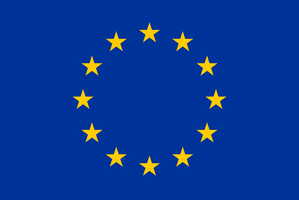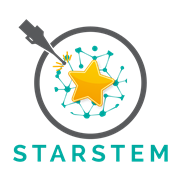STARSTEM
Osteoarthritis (OA) is the most common chronic condition of the joints and affects about 10-15% of the global population over 60. The disease most commonly affects the joints in the knees, hands, feet, and spine. With the obesity epidemic and the aging of the population, the incidence of OA is rising and will account for more than 20% of the world’s population by 2050 according to the United Nations.
Currently, the diagnostic tools of choice (physical examination, X-Ray, MRI or arthroscopy) lack high sensitivity and specificity. Also, so far, there is no effective cure for OA and the majority of the treatments are symptomatic and not restorative. While recent developments in stem cell therapy provide a unique opportunity for the self-regeneration of the injured cartilage, one of the major hurdles the inability to reliably assess successful engraftment in real time as conventional imaging techniques do not provide sufficient penetration depth.
STARSTEM, a recently funded European Consortium headed by Prof. Martin Leahy of the NUI Galway, Ireland, will address these major technology gaps to enable tracking of human stem cells at clinically relevant depths in real time. STARSTEM will use novel dual plasmonic gold nanostars (nanostars)-enhanced multi-modal imaging to detect stem cell engraftment and tissue repair, and thus monitor their activity and therapeutic efficacy. To this end, STARSTEM will develop a new imaging platform applying both non-invasive techniques such as optoacoustic imaging (MSOT, RSOM) as well as magnetic resonance imaging (MRI) and nanoscale optical coherence tomography (nsOCT).
The Chair of Biological Imaging (CBI) at the Technical University of Munich (TUM), as a STARSTEM partner, will perform the optoacoustic imaging studies and lead the analysis of the obtained imaging data. Prof. V. Ntziachristos and his team will apply multiscale optoacoustic imaging in animal models and will allow the first comprehensive, non-invasive, longitudinal monitoring and analysis of the regeneration ability of the nanostar-tagged stem cells in real time. As such, TUM/CBI will make a major contribution towards our understanding of the underlying mechanisms of stem-cell mediated regeneration and help define the optimal treatment window for stem cell therapies in OA.
Professor Martin Leahy, Coordinator of STARSTEM emphasizes: “This is an exciting opportunity to use fundamental advances in the physics of imaging to validate stem cell treatments for arthritis. Once demonstrated in this application, the STARSTEM technology can be used to enable a wide range of stem cell therapies.”
Professor Frank Barry, Scientific Director of REMEDI at NUI Galway, adds: “It is critically important that we understand dynamics and distribution of stem cells so that we can optimise treatments for patients. This project will allow us to make great strides in this regard.”
STARSTEM has been granted 6 Million € under the European Union’s Horizon 2020 research and innovation programme and brings together leaders in the nano-materials, regenerative medicine, and bio-imaging fields from across Europe. The team includes: NUI Galway (Project Co-ordinator; Ireland); Technical University of Munich (Germany); University of Genoa (Italy); University of Cambridge (UK); The Institute of Photonic Sciences, Barcelona (Spain); iThera Medical GmbH (Germany); Biorigen Srl (Italy); and Pintail Ltd (Ireland).

This project has received funding from the European Union’s Horizon 2020 research and innovation programme under grant agreement No 761214. The materials presented and views expressed here are the responsibility of the author(s) only. The EU Commission takes no responsibility for any use made of the information set out.
Want to know more? Visit: http://starstem.eu/
